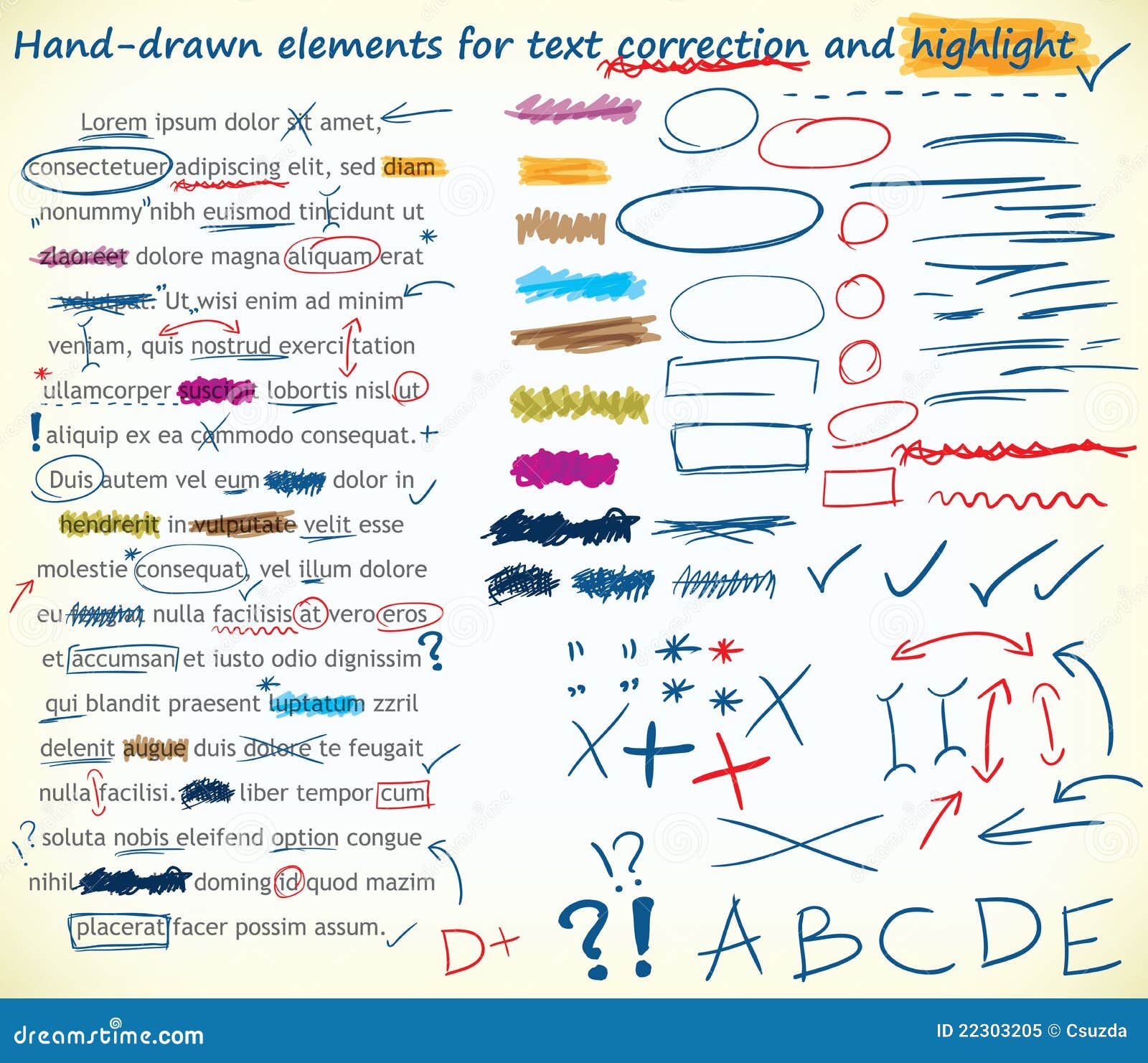

#TEXTUAL ELEMENTS PROFESSIONAL#
Writers simply cannot create his desired work without including Literary Elements in a thoroughly professional manner.

plot, setting, narrative structure, characters, mood, theme, moral etc. Literary Elements have an inherent existence in literary piece and are extensively employed by writers to develop a literary piece e.g. It will be convenient to define them separately. They can be treated as either Literary Elements or Literary Techniques.

When employed properly, the different literary devices help readers to appreciate, interpret and analyze a literary work. Commonly, the term Literary Devices refers to the typical structures used by writers in their works to convey his or her message(s) in a simple manner to his or her readers.


 0 kommentar(er)
0 kommentar(er)
